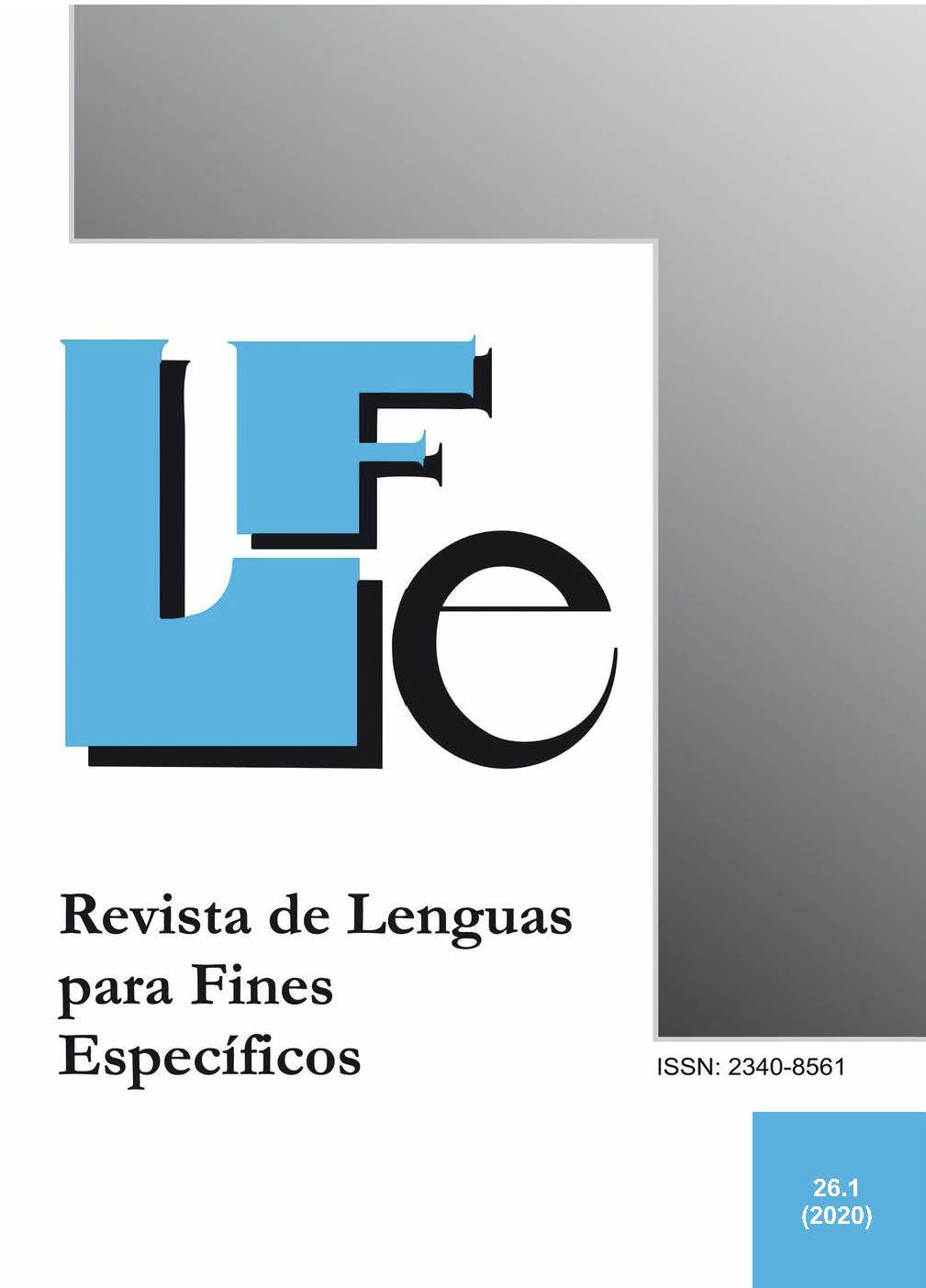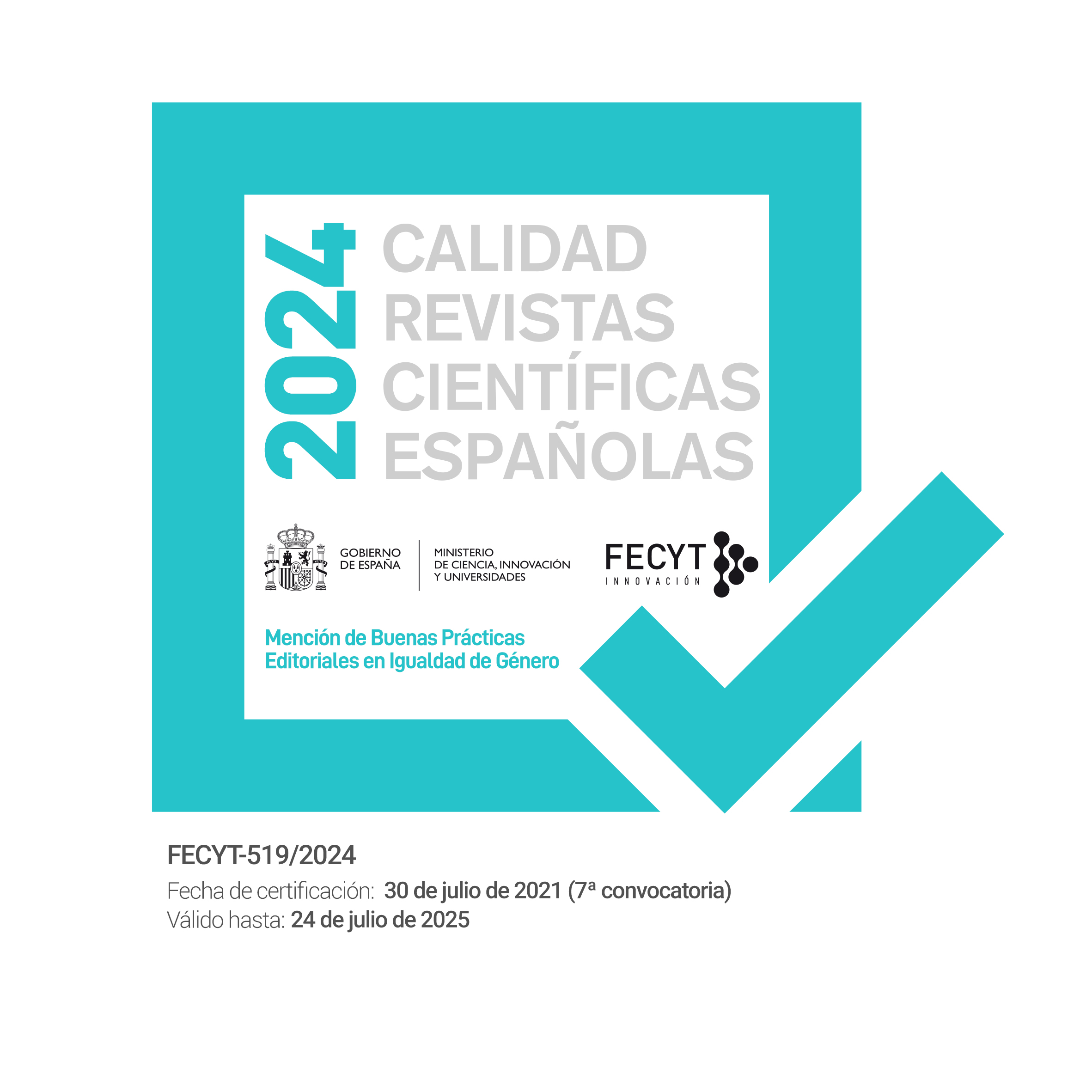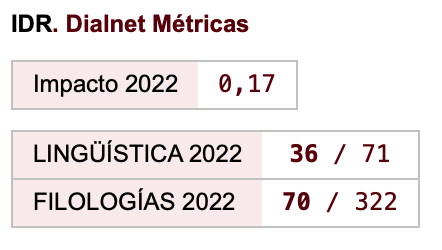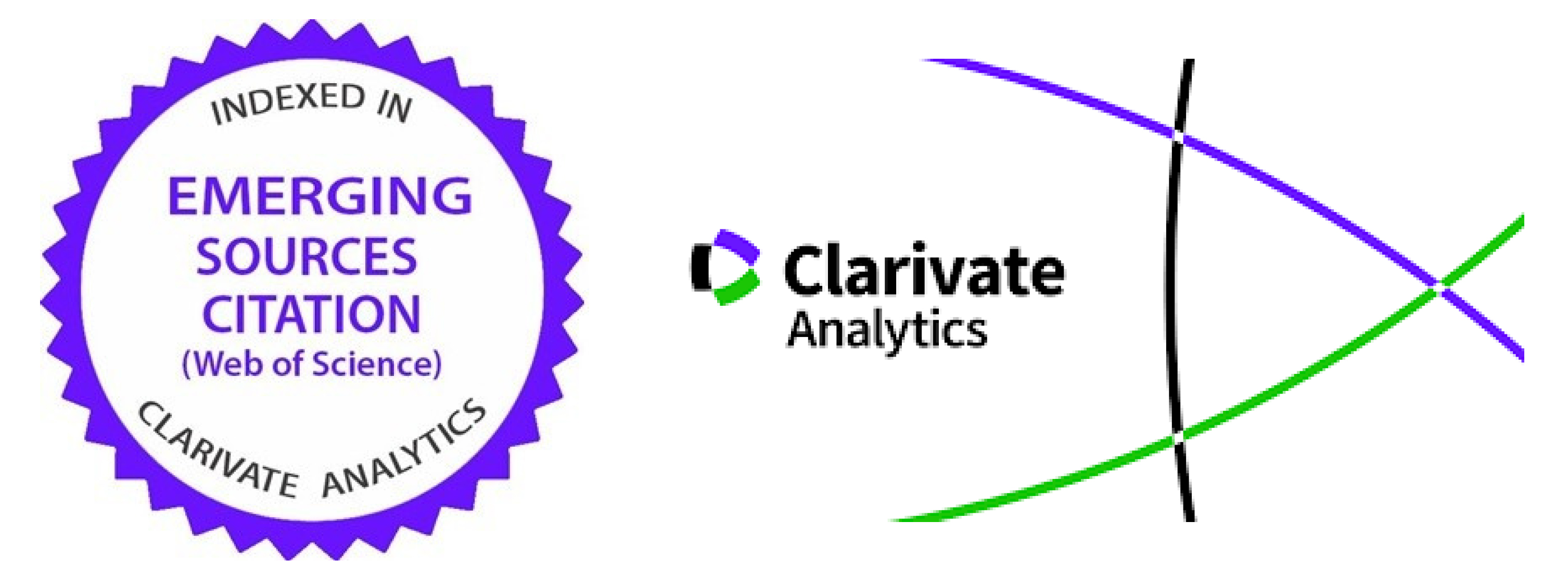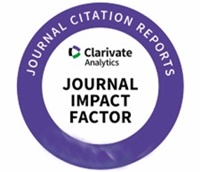(A)bridging the Gap – A study of the norms and laws in the intralingual translation of the novel And Then There Were None by Agatha Christie
Keywords:
And Then There Were None, Intralingual translation, abridgment, graded readers, DTS, translation norms, translation lawsAbstract
In the last decade, intralingual translation has started to gain momentum amongst a number of translation academics. Nevertheless, some types of intralingual translation remain largely undiscovered, such as the process of abridgement in the production of simplified versions of classic literary works (i.e. graded readers). This article subjects three chapters of the abridged version of And Then There Were None by Agatha Christie to qualitative analysis using Descriptive Translation Studies theory. The aim is to contribute to bridging a research gap in Translation Studies by examining the norms and laws governing the process of abridgement. Translation norms and laws are detected by situating the source and the target texts in their respective socio-cultural backgrounds and by analysing translation shifts. Relevant shifts are identified by means of a check-list of features elaborated on the basis of theory on graded readers, which classifies them into lexical, structural and information shifts. The results of the analysis showcase the vast research potential of intralingual translation for language learning purposes
Downloads
References
Albakry, M. (2004). ‘Linguistic and Cultural Issues in Literary Translation’. Translation Journal 8(3). <http://translationjournal.net/journal/29liter.htm>. [02/05/2019].
Baker, M. (2009). Introduction to the first edition. In Baker, M. (Ed.), Routledge Encyclopedia of Translation Studies (pp. 14-19). London: Routledge.
Bassett. J. (2011). A series editor’s view (1). In Day, R. et al. (Eds.), Bringing Extensive Reading into the Classroom (pp. 22-32). New York: Oxford University Press.
Ersland, A. (2014). IS CHANGE NECESSARY? A study of norms and translation universals in intralingual translation. Unpublished MA thesis. University of Bergen. <http://bora.uib.no/bitstream/handle/1956/7967/119571513.pdf;sequence=1>. [02/05/2019].
Fernández López, M. (2000). ‘Translation Studies in Contemporary Children’s Literature: A Comparison of Intercultural Ideological Factors’. Children’s literature Association Quarterly, 25(1), 29-37.
Hedge, T. (1985). Using Readers in Language Teaching. London: Macmillan.
Hill, D. R. (1992). Guide to Organising Programmes of Extensive Reading. <http://er-central.com/wp-content/uploads/EPER-Guide-1992.pdf>. [02/05/2019].
Jakobson, R. (2004). On Linguistic Aspects of Translation. In Venuti, L. (Ed.), The Translation Studies Reader (pp. 180-192). New York & London: Routledge.
Leow, R. P. (2007). ‘Review of Resources: Simplification and Second Language Acquisition’. World Englishes, 16(2), 291-296.
Munday, J. (2008). Introducing Translation Studies: theories and applications. 2nd edn. London: Routledge.
Pearson English Readers Catalogue (2019). <https://online.flippingbook.com/view/176977> [02/05/2019].
Schmid, B. (2008). A duck in rabbit's clothing: integrating intralingual translation. In Kaiser-Cooke, M. (Ed.), Das Entenprinzip: translation aus neuen Perspektiven (pp. 19-80). Bern: Peter Lang.
Simensen, A. M. (1987). ‘Adapted Readers: How are they Adapted?’. Reading in a Foreign Language 4(1), 41-57.
The Extensive Reading Foundation (2011). The Extensive Reading Foundation’s Guide to Extensive Reading. <http://erfoundation.org/guide/ERF_Guide.pdf> [02/05/2019].
Toury, G. (2012). Descriptive Translation Studies – and beyond. Revised edition. Amsterdam & Philadelphia: John Benjamins.
Oittinen, R. (2000). Translating for Children. New York: Garland.
Waring, R. (2003). Writing a Graded Reader. [02/05/2019].
Zethsen, K. K. (2007). ‘Beyond Translation Proper: Extending the field of translation studies’. TTR : Traduction, Terminologie, Rédaction 20(1), 281-308.
Zethsen, K. K. (2009). ‘Intralingual translation: An attempt at description’. Meta 54(4), 795-812.
Downloads
Published
How to Cite
Issue
Section
License
Authors who publish with this journal agree to the following terms:
- Authors retain copyright and grant the journal right of first publication with the work simultaneously licensed under a Creative Commons Attribution License that allows others to share the work with an acknowledgement of the work's authorship and initial publication in this journal.
- Authors are able to enter into separate, additional contractual arrangements for the non-exclusive distribution of the journal's published version of the work (e.g., post it to an institutional repository or publish it in a book), with an acknowledgement of its initial publication in this journal.
- Authors are permitted and encouraged to post their work online (e.g., in institutional repositories or on their website) prior to and during the submission process, as it can lead to productive exchanges, as well as earlier and greater citation of published work (See The Effect of Open Access).

Revista de Lenguas para fines específicos is licensed under a Creative Commons Reconocimiento-NoComercial-SinObraDerivada 4.0 Internacional License.

